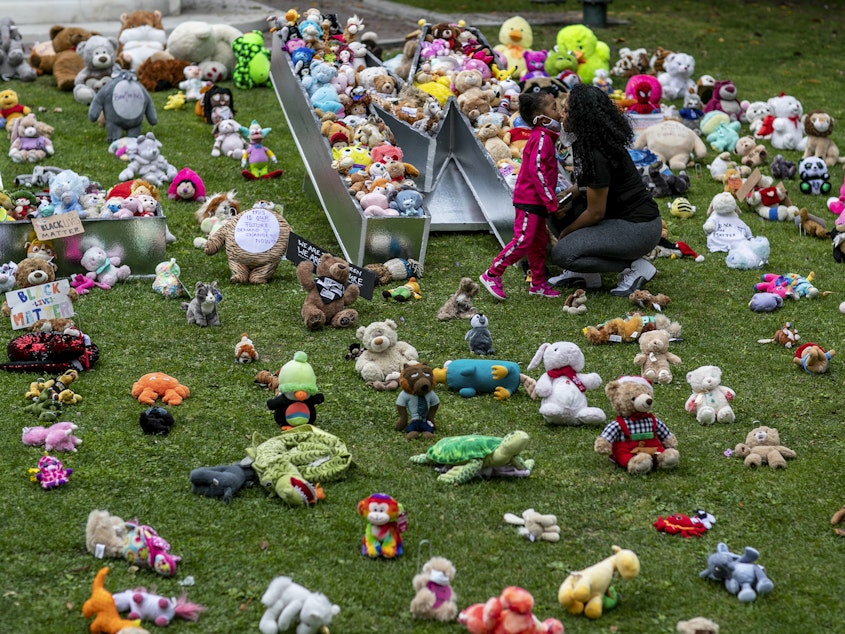Black Kids In California More Likely To Be Hospitalized For Police-Related Injuries

A new study out of California shows that Black boys and girls are hospitalized from police violence at a rate far higher than their white peers.
The researchers from the University of California, Berkeley looked into injuries of children and teens caused by law enforcement between 2005-2017. They used data from emergency department visits and inpatients hospitalizations in the state of California.
Black boys ages 15-19 had the highest rate of hospitalization due to police violence, but the widest racial gap existed in the 10-14 age group. Black boys and girls ages 10-14 are injured at 5.3 and 6.7 times, respectively, the rate for white boys and girls, the study says.
"These findings suggest that the protections of childhood are not afforded to all children and contribute to evidence on policing as a pathway through which structural racism operates in young people's lives," said Kriszta Farkas, one of the researchers.
The researchers also note that their analysis intersects how Black girls are "adultified" more than white girls. In other words, Black girls are "perceived as older than they are, less innocent, and in need of less protection—with serious repercussions for more aggressive legal system targeting."
Sponsored
According to the data, the violence impacting Black girls increased to an even higher rate overall than white boys and Latinx boys by 2017.
Past studies have tracked the outcomes of police violence on youth and how it can lead to increased levels of anxiety, PTSD, injury and even death — but the researchers say that past studies have not separated the data by age, sex, race and ethnicity, which reveals different patterns.
"This study also highlights the need for more comprehensive and reliable population-based data sources on police violence in the United States and motivates further research to better understand the burden of police violence among youth in contexts outside of California," Farkas said. [Copyright 2021 NPR]



